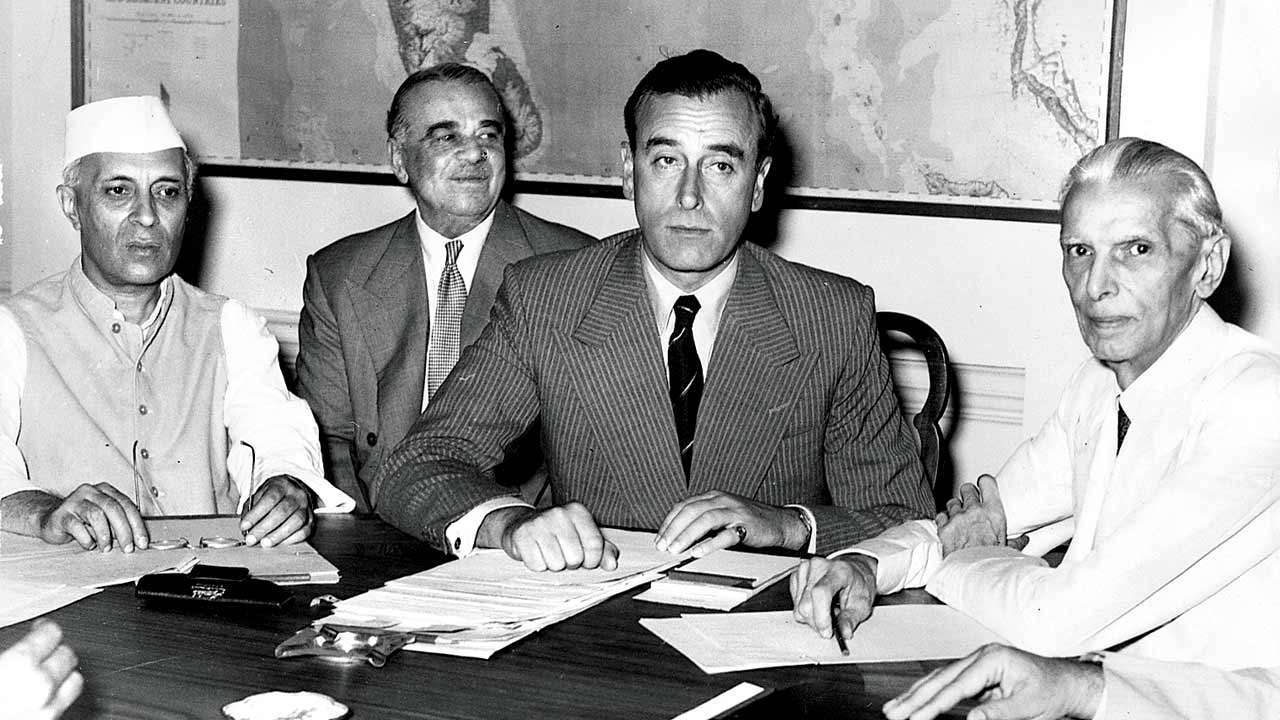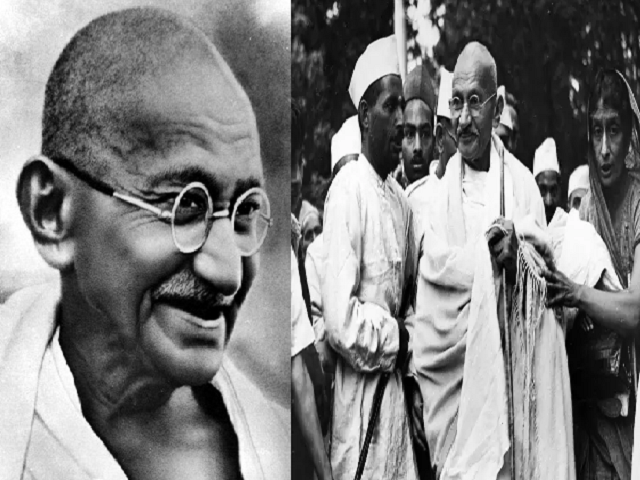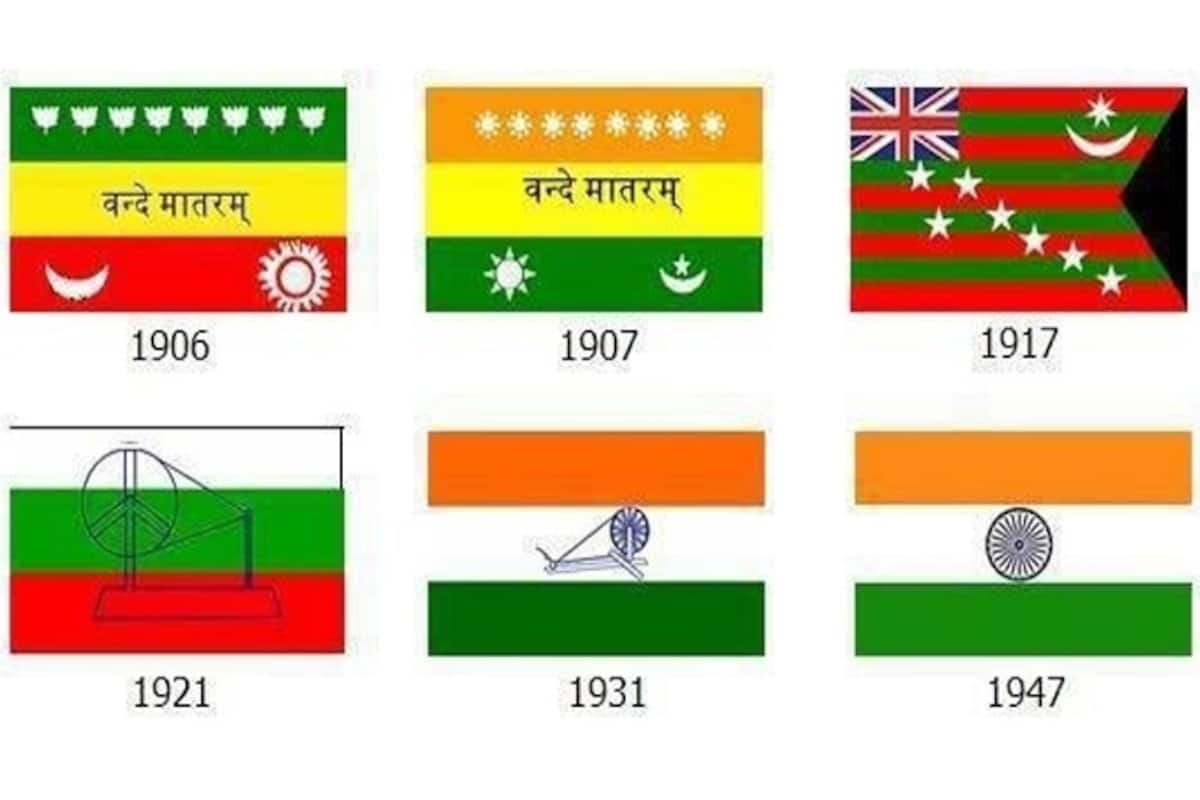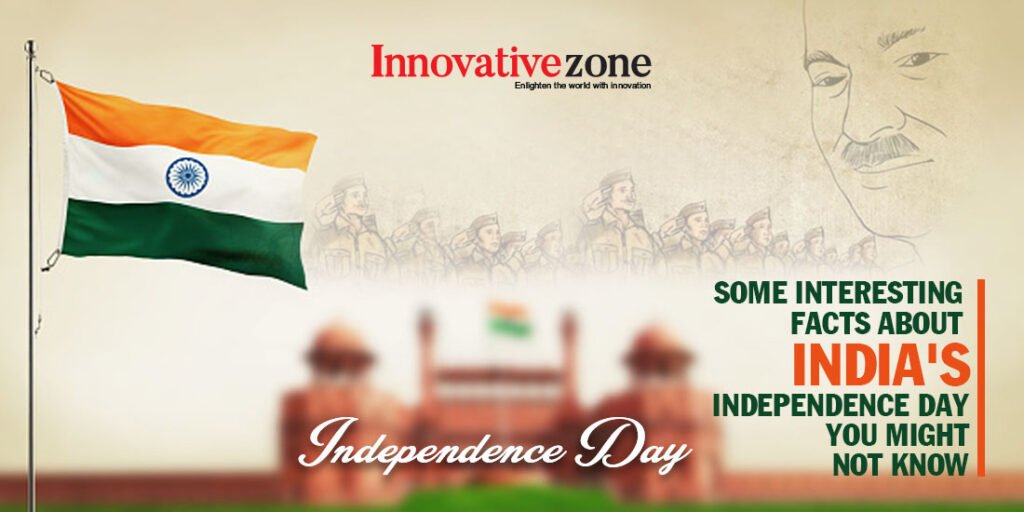Some Interesting Facts about India’s Independence Day You Might Not Know
India is one of the most favourite countries of the earthlings. India’s culture and history is full of surprises and this quality is appreciated by most people. India is going to celebrate her 76th Independence on this 15th August 2022 and we are all excited about it. On this occasion, we brought some of the most interesting facts on India’s Independence Day which you might not be aware of.
Lord Mountbatten chose the Independence Date

The British parliament had left it up to Lord Mountbatten, the last Viceroy of India before its partition, to decide whether to hand over administrative control to Indians in June 1948. To prevent violence and unrest, Mountbatten picked August 15, 1947 as independence date of India. It’s also thought that Lord Mountbatten picked the date to mark the second anniversary of Japan’s surrender to the Allies.
Mahatma Gandhi was unable to join the celebration of Independence

Mahatma Gandhi was unable to join the celebration in Delhi as the nation rejoiced in its hard-won independence. Gandhi was fasting in August 1947 to put a stop to the Hindu-Muslim riots in Bengal.
Tiranga was originally the Swaraj Flag

The original Swaraj Flag served as the model for the tricolour flag. The Swaraj Flag, which was created by independence warrior and farmers from Machilipatnam PingaliVenkayya, served as the inspiration for the tricolour flag that serves as India’s national flag. Swaraj, which translates to “self-governance,” is typically connected with Gandhi’s idea of an independent India free from foreign rule. The Swaraj flag featured a spinning wheel in the middle and a similar colour scheme.
No National Anthem at the Time of Independence
When the nation achieved independence, there was no national anthem. Although everyone knew the Rabindranath Tagore song ‘Jana Gana Mana’ which was actually written in 1911. On January 24, 1950, it became the official national anthem.
Pakistan celebrates its Independence a Day Before India

Another noteworthy fact about the Indian Independence Day is that Pakistan, which celebrates its Independence Day on August 14, the day before India does, is also a significant milestone. This was necessary for Lord Mountbatten, the final Viceroy of India before its partition, to attend both nations’ Independence Day celebrations.
Along with India, five other nations celebrate their Independence Day on August 15

Along with India, five other nations—Bahrain, North Korea, South Korea, the Republic of Congo, and Liechtenstein—celebrate their independence on August 15 despite achieving it in different years.
Bangladesh’s National Anthem was written by Rabindranath Tagore.

Not only did Rabindranath Tagore wrote the national anthem for India, he also did it for Bangladesh, which is India’s neighbour. Rabindranath Tagore authored “Amar Sonar Bangla” in 1905. During Bangladesh’s independence struggle in 1971, the first 10 lines of this song were made as the country’s national anthem. Tagore had a significant effect on both the lyrics and melody of the Sri Lankan national song, “Sri Lanka Matha.” The most commonly accepted theory is that Sri Lankan musician Ananda Samarakoon was inspired by or influenced by Gurudev when writing the melody and lyrics for the song.
The Radcliffe Line was first published on August 17, 1947.
On August 3, 1947, Sir Cyril Radcliffe finished the Radcliffe Line, a demarcation line used to show the boundaries of the areas of Punjab and Bengal that belong to Pakistan and India. However, it was not published officially until August 17, 1947, two days after India gained independence from the British.
The national anthem VandeMatram is a part of a Bengali Novel:
Bankim Chandra Chatterjee composed the national anthem “VandeMataram” which was a part of his 1880s book Anandamath. Rabindranath Tagore originally sang this song in 1896. On January 24, 1950, Vande Mataram was declared the country’s anthem. Shri Aurobindo published a prose translation of it in Karmayogin on November 20, 1909
In 1906, the Indian Flag was first unfurled.
On August 7, 1906, at Kolkata’s Parsee Bagan Square, the three red, yellow, and green horizontal stripes of the national flag of India were hoisted. PingaliVenkayya created the original version of our current national flag in 1921. The 24-spoke Ashok Chakra and saffron, white, and green stripes of the present flag were formally adopted on July 22, 1947, and flown for the first time on August 15, 1947.
Governors Hoisted the Flag, not CMs of the States
From the day of independence until 1973, the governors of the individual states unfurled the flag. Only from 1974 did the Chief Ministers of the individual states start hoisting the Indian flag. M. Karunanidhi, the Chief Minister of Tamil Nadu, was instrumental in starting this custom. He pointed out the unique procedure used in Delhi in a letter to the country’s then-prime minister, Indira Gandhi. The Central government approved of this idea.
In 1961, Goa was the last state to become a part of India.
Goa remained a Portuguese colony even after India gained independence on August 15, 1947. Only in 1961 did Indian forces annex it to their country. Goa was the final state to join the Indian subcontinent, as a result.
Only one location in India manufactures the Indian flag.
There is just one location in India where the Indian flag is produced and delivered. The Indian flag may be produced and supplied by the Karnataka Khadi GramodyogaSamyukta Sangha (KKGSS), which is based in the Karnataka city of Dharwad. The national flag is exclusively created with hand-spun and hand-woven cotton khadi bunting, according to the Bureau of Indian Standards.
Background:
The East Indian Company ruled India from 1757 until 1857, and the British Empire took control of the country from 1858 to 1947. The first attempt at independence, known as the Sepoy Mutiny or the Indian Rebellion of 1857, began in that year. The Indian Independence Movement included a number of freedom fighters who battled for the nation’s freedom until the British were eventually driven out on August 15, 1947, setting the country free.
Must Read:-
- Top 10 pharma companies in the world
- Top 10 company of India 2021
- Top 10 logistic Companies in India
- Top 10 automobile companies in India
- Top 10 fastest growing industries in the world
- Top 10 most charitable person in the world, meet generous people
- Top 10 logistic Companies in India
- Top 10 Company in the Corporate World
- Top 5 Most Fuel Efficient Car In India
- Start Small and go Big: Low-Investment Business Ideas 2021
- Top 10 Electrical Company in India 2021


